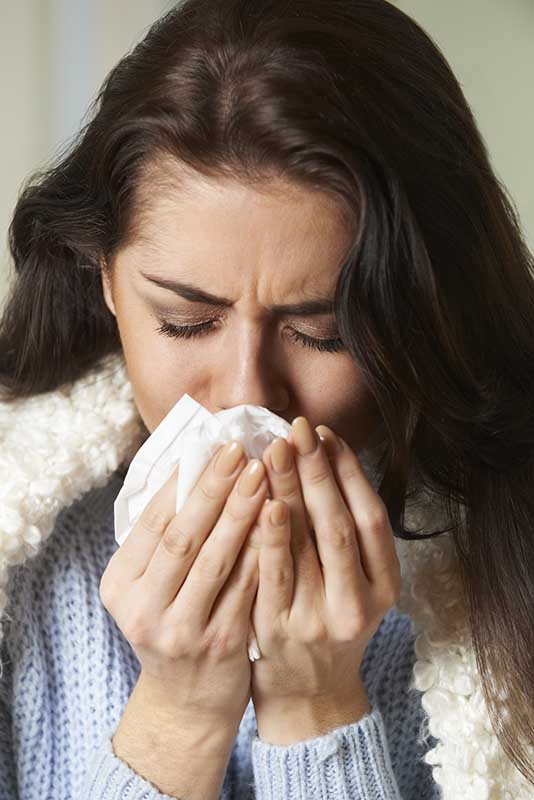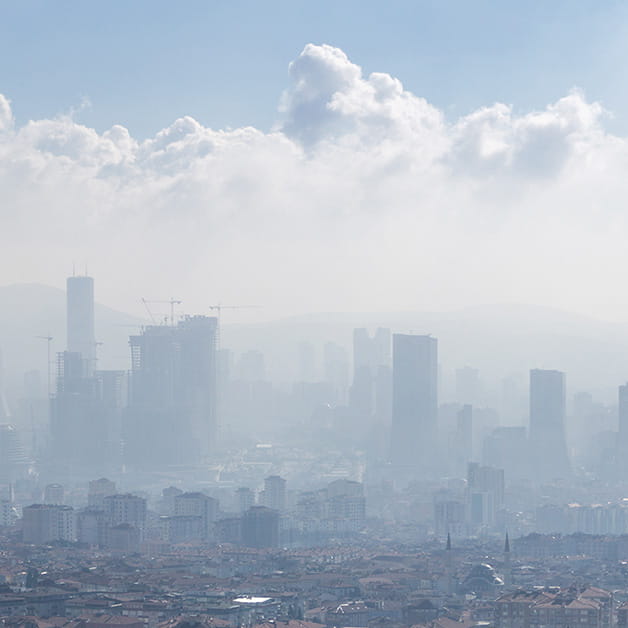ERS 2025: Sleep Apnea: Highlights
Unmasking the Dual Faces of OSA: Clinical and Level 1 Polysomnographic Insights into Sleepy vs. Non-Sleepy OSA Phenotypes
Presenter: Krishnaveni Renganathan (India)
In this study, 65 obstructive sleep apnea (OSA) patients (AHI > 5/hour) were assessed using level 1 polysomnography and classified by Epworth Sleepiness Scale (ESS) into sleepy (≥10) and non‑sleepy (<10) groups. Non‑sleepy OSA was observed in 67.6%, sleepy OSA in 32.3%, with mean age 48 years and BMI 31 kg/m². Nocturia was reported more in sleepy OSA (52.4% vs. 22.7%; p<0.017). Non‑sleepy OSA showed higher arousal index (20.7 vs. 16.1), hypoxic burden (13.9% vs. 9.4%), and NREM AHI (48.5 vs. 38.0). Hypertension (54.5% vs. 38.1%) and diabetes (25% vs. 9.5%) were more prevalent in non‑sleepy OSA, indicating distinct phenotypic profiles.
Association Between Chronotypes and Comorbidities in Obstructive Sleep Apnea: Age Effect
Presenter: Vassilis Vlahakos (Greece)
In a study of 671 OSA patients (60.2% men, median age 56), morning chronotype was found associated with higher prevalence of hypertension, dyslipidemia, diabetes, and cardiovascular disease compared to evening chronotype (all p<0.05). Conversely, depression was more common in evening chronotype. Binary logistic regression adjusting for confounders showed that the relationship between morning chronotype and cardio-metabolic comorbidities was significantly stronger in individuals younger than 60 years. This indicates that in OSA, morning chronotype, especially in those under 60, is linked to a higher cardio-metabolic comorbidity burden.
Ref: European Respiratory Society Congress 2025, September 27 - October 1, Amsterdam, Netherlands




